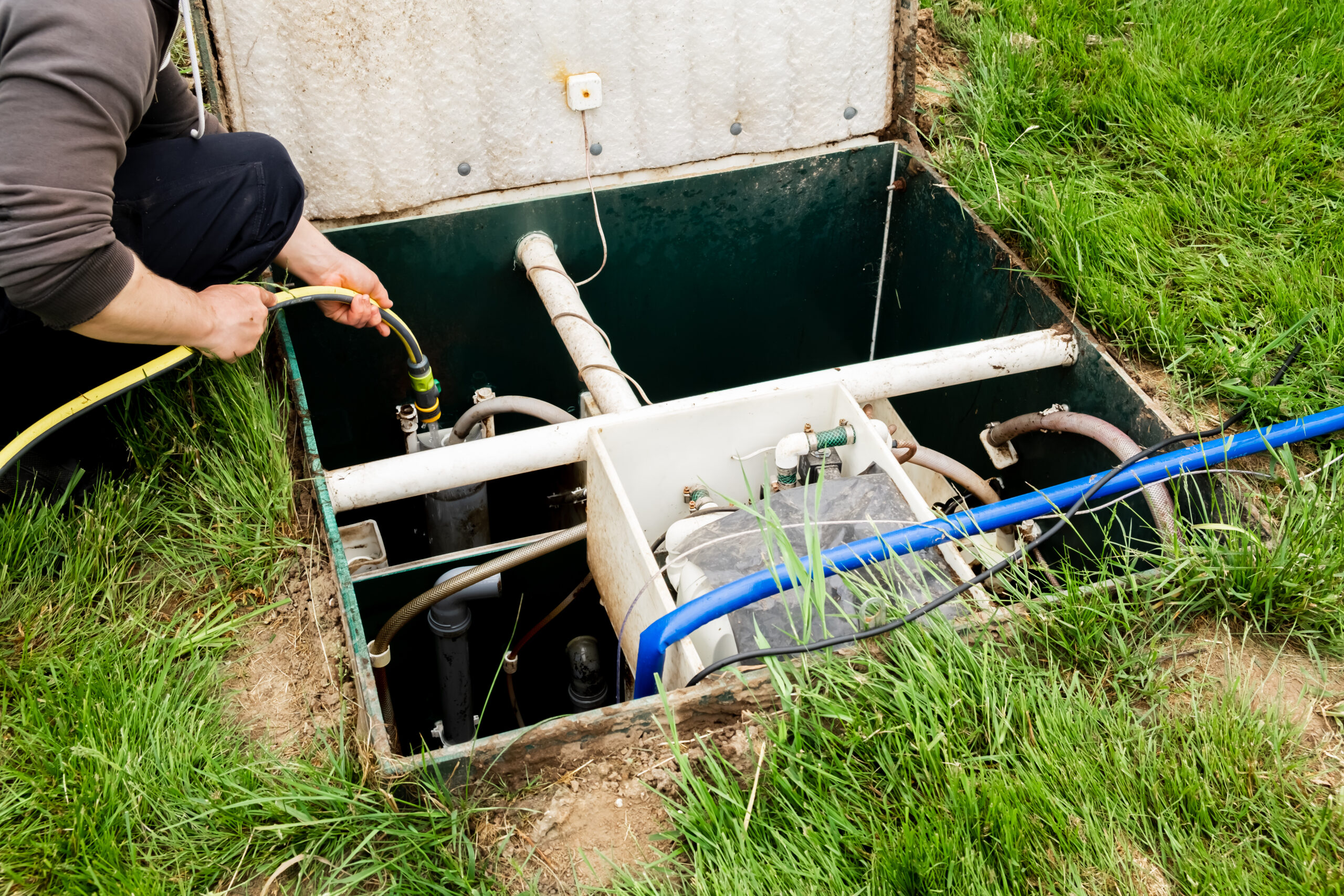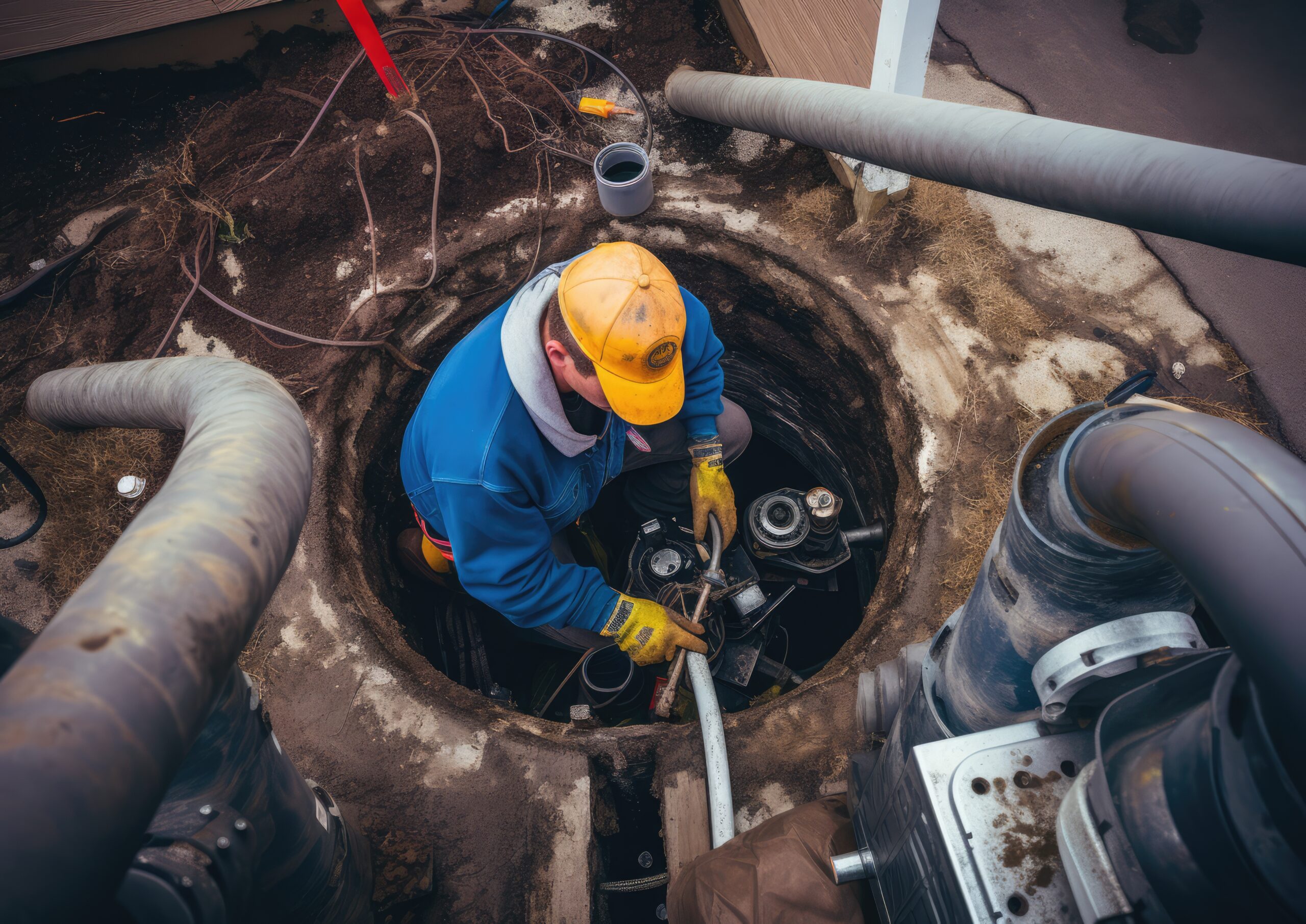The septic system is generally neglected when it comes to house maintenance—that is, until issues occur. Your home’s sanitation depends on your septic system working correctly, and to keep it in good working order, regular inspections are required. By being aware of Septic System Red Flags that inspectors look for during these inspections, homeowners can identify possible problems before they become more serious. The following are some significant Septic System Red Flags that septic inspectors look out for:
Slow Drainage
Although many people consider slow drains to be a mere annoyance, they might be a sign of more significant septic system issues. Your septic tank may be full or there may be a blockage in the system if the drains from your sinks and toilets are routinely taking a long time to empty. This is sometimes one of the first indications that a septic system is deteriorating or becoming close to capacity.
Unpleasant Odors
A septic system in good health shouldn’t smell. It’s obvious there’s a problem if you start to smell bad coming from your drain field or septic tank location. Numerous difficulties, such as leakage, vent stack problems, or tank overflows, could be the cause of this.
Pooling Water
Any standing water close to the drain field areas or septic tank may be a serious warning sign. This typically means that the wastewater is not being processed by the drain field correctly, which could be the consequence of a blocked system or excessive water use that exceeds the system’s capacity.
Greener Grass Around the Septic Tank
At first appearance, it may appear advantageous if the grass surrounding your septic tank or drain field is noticeably greener or lusher than the rest of your yard. On the other hand, this may indicate that there is a leak or an overflowing tank, in which case the grass directly above is receiving extra nutrients and water.
High Nitrate Levels in Well Water
High nitrate levels may be a sign that septic waste is getting into the water supply for households that use well water. For properties where the septic system and well are near together, it is essential to do routine water tests to make sure contamination isn’t happening.
Backups
Sewage coming up into the house is one of the most noticeable and unsettling symptoms of a malfunctioning septic system. This usually occurs when the drain field fails or the tank is full. In order to resolve this problem and stop further harm to the house and health risks, immediate professional assistance is needed.
Excessive Weed or Algae Growth in Nearby Ponds and Lakes
Your septic system may be releasing nutrients into neighboring water bodies, as indicated by an increase in weed or algae development. This may indicate a problem with your septic system and result in environmental imbalances.
Conclusion
Homeowners can avoid a great deal of stress and expense by recognizing these warning signs. To guarantee that these systems don’t malfunction, routine septic inspections and maintenance are essential. In order to maintain the system operating effectively and safely, homeowners should make sure inspections are performed by certified experts who are able to identify these symptoms and make the required adjustments. Being vigilant about the condition of your septic system safeguards not just your house but also the environment and general public health in your town.




